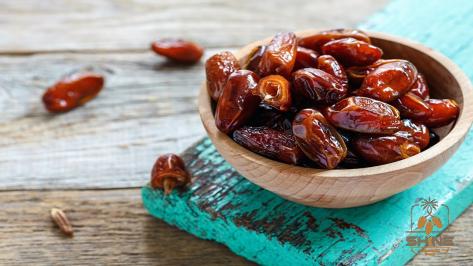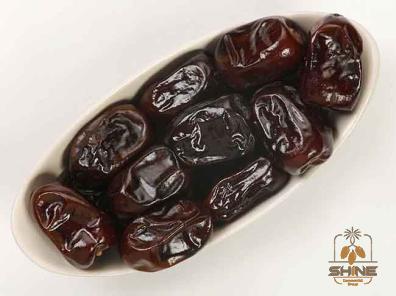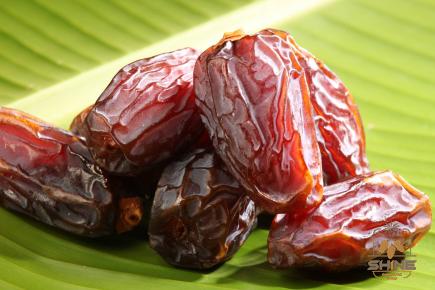When it comes to natural sweeteners, dates and date paste are two popular choices that offer a healthy alternative to refined sugars. Both dates and date paste are derived from the fruit of the date palm tree, but they differ in terms of texture, sweetness, and culinary uses. In this comprehensive guide, we will explore the differences between date paste and dates, their nutritional profiles, and the benefits of incorporating them into your diet. ### What are Dates? Dates are the fruit of the date palm tree, scientifically known as Phoenix dactylifera.

.
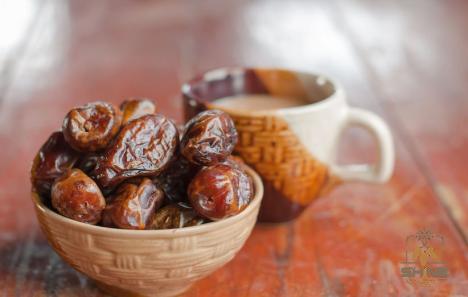 Dates are a staple in Middle Eastern and North African cuisine and have been cultivated for thousands of years for their sweet taste and numerous health benefits. Fresh dates are oval-shaped and range in color from yellow to dark brown, depending on the variety. Dates are naturally sweet due to their high sugar content, primarily in the form of fructose and glucose. Despite their sweetness, dates have a low glycemic index, which means they cause a slower and more steady increase in blood sugar levels compared to refined sugars. This makes dates a healthier option for individuals looking to manage their blood sugar levels.
Dates are a staple in Middle Eastern and North African cuisine and have been cultivated for thousands of years for their sweet taste and numerous health benefits. Fresh dates are oval-shaped and range in color from yellow to dark brown, depending on the variety. Dates are naturally sweet due to their high sugar content, primarily in the form of fructose and glucose. Despite their sweetness, dates have a low glycemic index, which means they cause a slower and more steady increase in blood sugar levels compared to refined sugars. This makes dates a healthier option for individuals looking to manage their blood sugar levels.
..
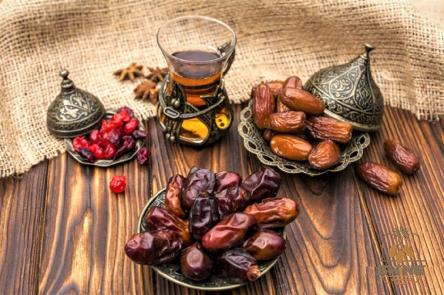 ### What is Date Paste? Date paste, also known as date syrup or date puree, is made by blending dates with water to create a smooth, thick paste. Date paste serves as a natural sweetener and can be used in a variety of culinary applications, such as baking, cooking, and as a topping for desserts. The process of making date paste involves soaking dates in water to soften them before blending them into a smooth consistency. Date paste is a versatile ingredient that can replace refined sugars in recipes, providing a rich, caramel-like sweetness while adding fiber and essential nutrients. ### Nutritional Comparison: Date Paste vs Dates Both dates and date paste offer a range of essential nutrients and health benefits, but there are some differences between the two in terms of nutritional content and calorie density. Let’s compare the nutritional profiles of dates and date paste: **1. Calories:** Dates are more calorie-dense than date paste due to the concentrated nature of the paste. One Medjool date contains around 66 calories, while a tablespoon of date paste contains approximately 45 calories.
### What is Date Paste? Date paste, also known as date syrup or date puree, is made by blending dates with water to create a smooth, thick paste. Date paste serves as a natural sweetener and can be used in a variety of culinary applications, such as baking, cooking, and as a topping for desserts. The process of making date paste involves soaking dates in water to soften them before blending them into a smooth consistency. Date paste is a versatile ingredient that can replace refined sugars in recipes, providing a rich, caramel-like sweetness while adding fiber and essential nutrients. ### Nutritional Comparison: Date Paste vs Dates Both dates and date paste offer a range of essential nutrients and health benefits, but there are some differences between the two in terms of nutritional content and calorie density. Let’s compare the nutritional profiles of dates and date paste: **1. Calories:** Dates are more calorie-dense than date paste due to the concentrated nature of the paste. One Medjool date contains around 66 calories, while a tablespoon of date paste contains approximately 45 calories.
…
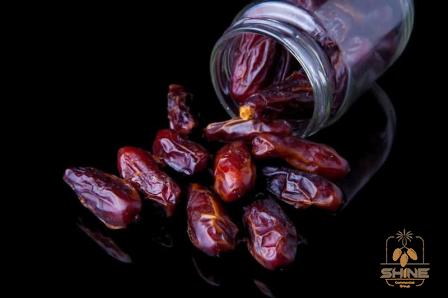 **2. Fiber:** Dates and date paste are excellent sources of dietary fiber, which is essential for digestive health and maintaining healthy gut bacteria. Dates contain about 1.6 grams of fiber per date, while date paste retains the fiber content of whole dates. **3. Vitamins and Minerals:** Dates are rich in essential vitamins and minerals, including potassium, magnesium, and vitamin B6. Date paste retains these nutrients, making it a nutritious alternative to refined sugars. **4. Sugar Content:** Dates are naturally high in sugar, with one Medjool date containing around 16 grams of sugar. Date paste is also sweet due to the natural sugars present in dates, making it a healthier alternative to processed sweeteners. ### Culinary Uses of Dates and Date Paste Dates and date paste can be incorporated into a variety of sweet and savory dishes to add natural sweetness and depth of flavor. Here are some ways you can use dates and date paste in your cooking: **1. Baking:** Dates and date paste can be used as a natural sweetener in baking recipes, such as cookies, muffins, and energy bars. Date paste can be substituted for sugar or honey in a 1:1 ratio, adding moisture and richness to baked goods. **2. Smoothies and Shakes:** Dates and date paste can be blended into smoothies and shakes to add sweetness and a creamy texture. The natural sugars in dates provide a healthier alternative to processed sweeteners.
**2. Fiber:** Dates and date paste are excellent sources of dietary fiber, which is essential for digestive health and maintaining healthy gut bacteria. Dates contain about 1.6 grams of fiber per date, while date paste retains the fiber content of whole dates. **3. Vitamins and Minerals:** Dates are rich in essential vitamins and minerals, including potassium, magnesium, and vitamin B6. Date paste retains these nutrients, making it a nutritious alternative to refined sugars. **4. Sugar Content:** Dates are naturally high in sugar, with one Medjool date containing around 16 grams of sugar. Date paste is also sweet due to the natural sugars present in dates, making it a healthier alternative to processed sweeteners. ### Culinary Uses of Dates and Date Paste Dates and date paste can be incorporated into a variety of sweet and savory dishes to add natural sweetness and depth of flavor. Here are some ways you can use dates and date paste in your cooking: **1. Baking:** Dates and date paste can be used as a natural sweetener in baking recipes, such as cookies, muffins, and energy bars. Date paste can be substituted for sugar or honey in a 1:1 ratio, adding moisture and richness to baked goods. **2. Smoothies and Shakes:** Dates and date paste can be blended into smoothies and shakes to add sweetness and a creamy texture. The natural sugars in dates provide a healthier alternative to processed sweeteners.
